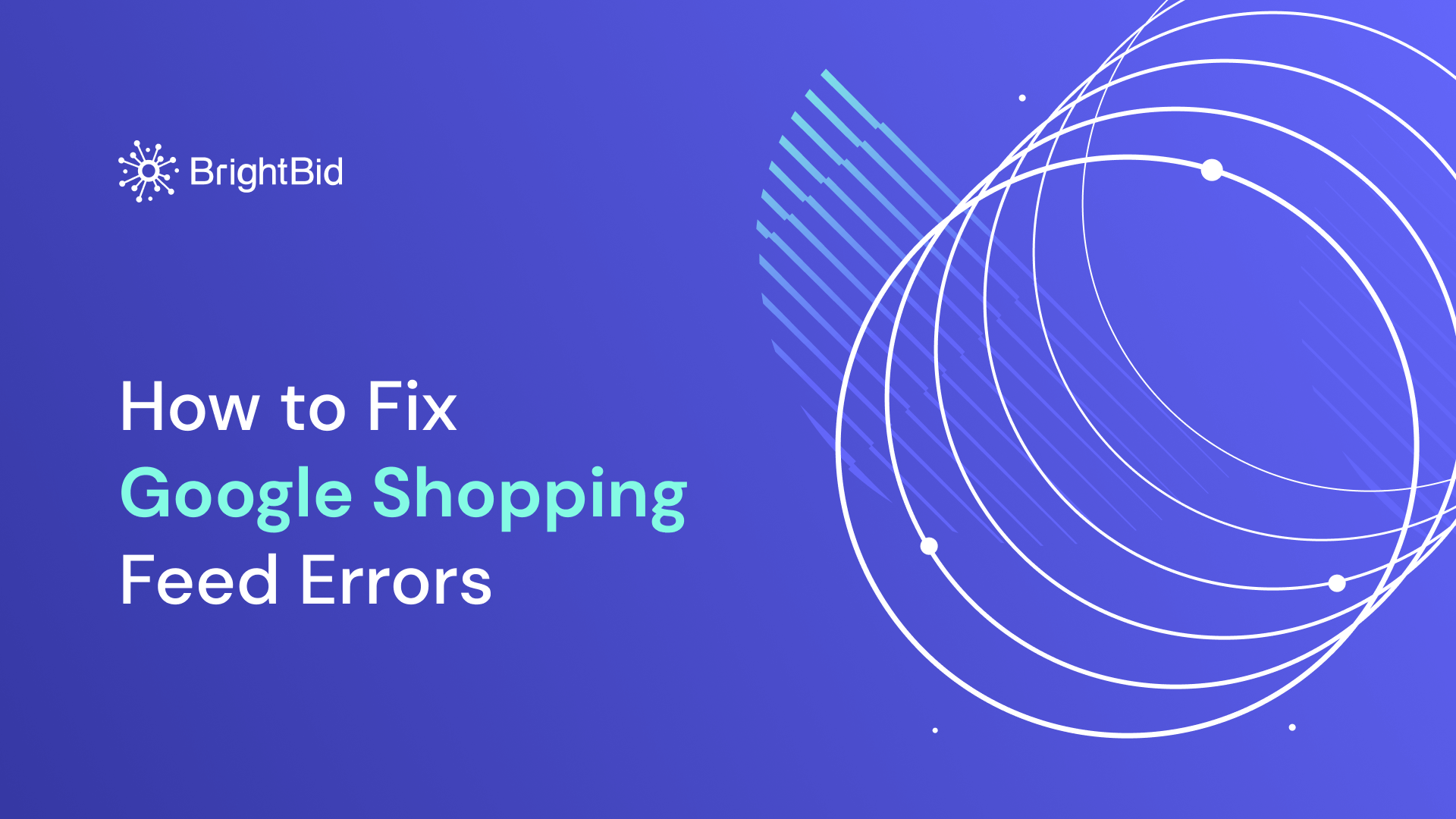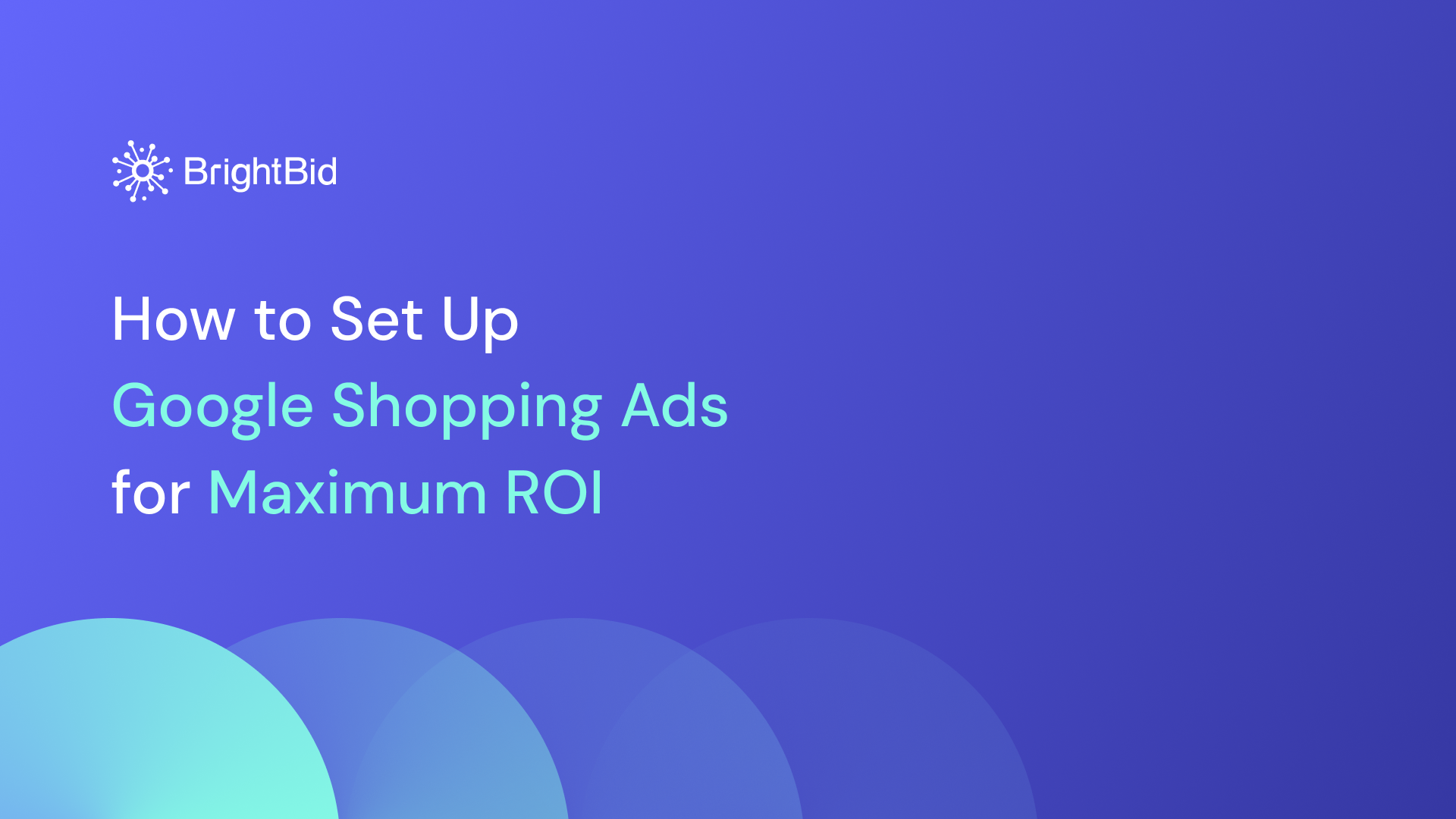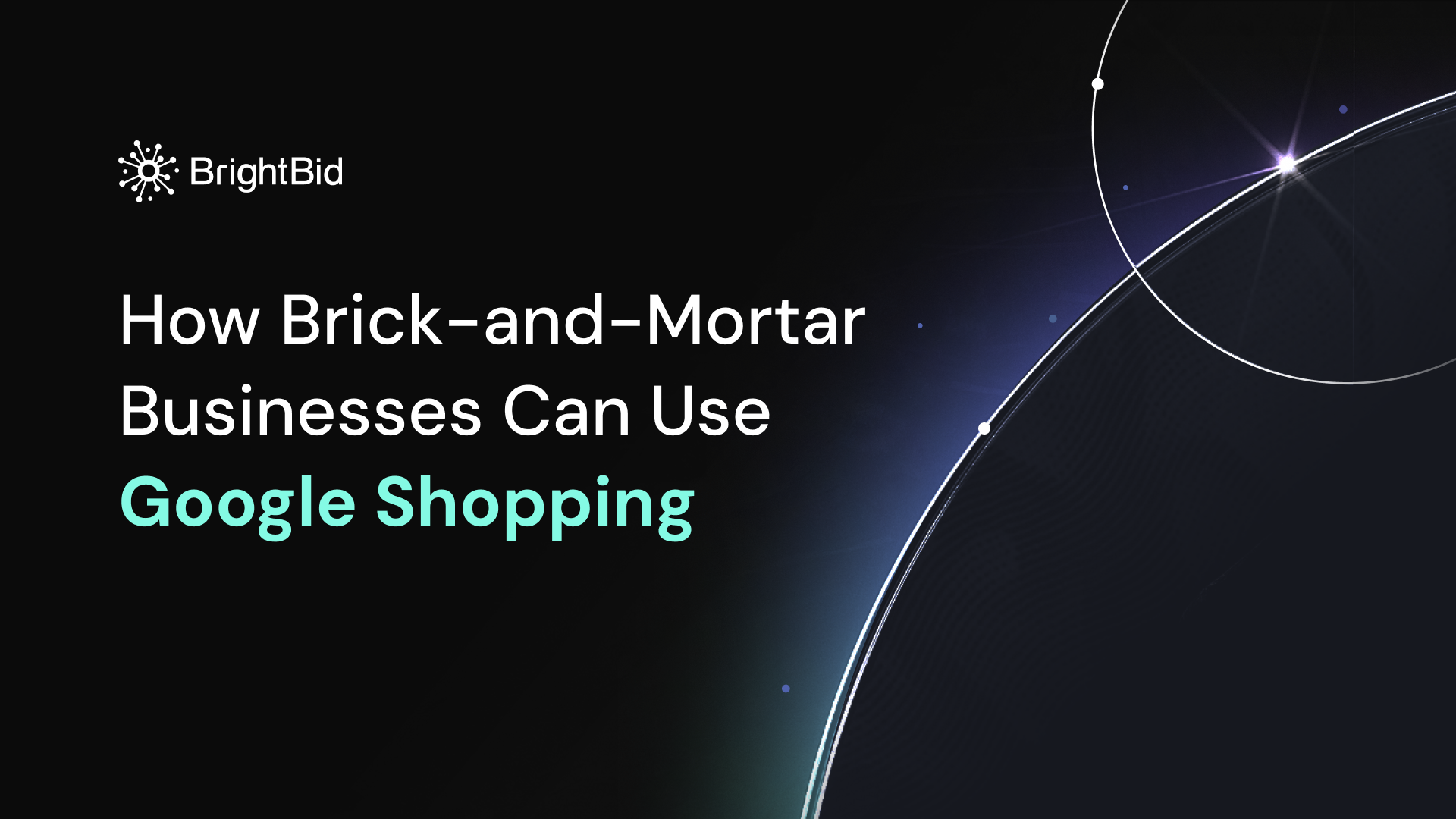LinkedIn continues to be a powerhouse for B2B marketers, offering unparalleled access to professionals and decision-makers. With recent enhancements to its advertising platform, LinkedIn provides even more robust tools for targeted lead generation. This guide delves into the latest features, ad formats, advanced targeting strategies, campaign setup, performance analysis, and best practices to help you maximize your B2B lead generation efforts on LinkedIn.
Table of Contents
Audit your ads for free
Why LinkedIn Ads Are Essential for B2B Lead Generation
1. Professional Audience: LinkedIn boasts a user base of over 1 billion professionals, including executives, decision-makers, and industry leaders. This professional environment makes it ideal for B2B marketing, as users are actively seeking industry insights and business solutions.
2. Advanced Targeting Capabilities: LinkedIn’s targeting options have evolved to include:
- Company Attributes: Size, industry, and specific company names.
- Job Details: Titles, functions, and seniority levels.
- Education: Degrees, fields of study, and institutions.
- Interests and Behaviors: Skills, group memberships, and recent content interactions.
3. Enhanced Measurement Tools: In 2025, LinkedIn introduced the Conversions API and Revenue Attribution Report (RAR), enabling marketers to optimize campaigns and measure their impact on business outcomes more effectively.
Exploring LinkedIn Ad Formats
Understanding the various ad formats is crucial for aligning your campaign objectives with the right tools.
1. Sponsored Content
Appearing directly in users’ feeds, these ads can be:
- Single Image Ads: Ideal for straightforward messages or offers.
- Video Ads: Effective for storytelling and demonstrating product value.
- Carousel Ads: Useful for showcasing multiple features or products.
Use Case: Promote a whitepaper or case study with an engaging image or video and a clear call-to-action (CTA).
2. Sponsored Messaging
Deliver personalized messages directly to users’ LinkedIn inboxes.
- Message Ads: Focus on a single, clear CTA.
- Conversation Ads: Allow for interactive, multi-CTA experiences.
Use Case: Invite prospects to a webinar or offer a personalized product demo.
3. Text Ads
Simple ads displayed in the LinkedIn sidebar, suitable for brand awareness or retargeting.
Use Case: Drive traffic to a specific landing page or promote a time-sensitive offer.
4. Dynamic Ads
Personalized ads that adapt content based on user profile data.
Use Case: Encourage users to follow your company page or highlight job opportunities.
5. Lead Gen Forms
Integrated forms that auto-fill with users’ LinkedIn profile data, simplifying the lead capture process.
Use Case: Collect sign-ups for newsletters, events, or gated content with minimal friction.
Advanced Targeting Strategies
Leveraging LinkedIn’s sophisticated targeting options can significantly enhance your campaign’s effectiveness.
Matched Audiences
Upload your own data to create custom audience segments:
- Website Retargeting: Engage visitors who have interacted with your site.
- Contact Targeting: Reach specific individuals using your email lists.LinkedIn
- Account Targeting: Focus on key companies for account-based marketing (ABM).
Lookalike Audiences
Expand your reach by targeting users similar to your existing customers or leads.
Persona-Based Targeting
Develop detailed buyer personas by combining multiple targeting criteria. For example:
- Tech Industry Decision-Makers: Target users with job titles like “CTO” or “VP of Engineering” in the Information Technology industry, at companies with over 500 employees.
- Healthcare Marketing Professionals: Focus on individuals with skills in “Healthcare Marketing” and “Digital Strategy,” working in hospitals or healthcare organizations.
- Finance Sector Analysts: Reach users with the job function “Finance,” seniority level of “Senior,” and membership in finance-related LinkedIn groups.
By layering these attributes, you can precisely target segments that align with your ideal customer profiles.
Setting Up and Optimizing Your LinkedIn Campaigns
A structured approach ensures your campaigns are effective and efficient.
1. Define Your Campaign Objective
Choose an objective that aligns with your goals:
- Lead Generation: Utilize LinkedIn’s Lead Gen Forms to capture leads directly.
- Website Conversions: Drive traffic to your site with the aim of specific actions, such as downloads or sign-ups.
2. Build Your Target Audience
Use LinkedIn’s targeting features to define your audience based on the strategies discussed earlier.
3. Select the Appropriate Ad Format
Align your ad format with your campaign objective and audience preferences.
4. Set Budget and Bidding Strategy
Determine your budget and choose between automated or manual bidding, depending on your campaign goals and experience.
5. Monitor and Optimize
After launching, regularly review performance metrics and make data-driven adjustments to improve results.
Measuring and Analyzing Performance
LinkedIn’s Campaign Manager offers comprehensive analytics to monitor and optimize your advertising efforts. Key metrics to focus on include:
- Click-Through Rate (CTR): Indicates how compelling your ad is to your target audience.
- Conversion Rate: Measures the percentage of users who take the desired action after clicking your ad.
- Cost Per Lead (CPL): Calculates the average expense to acquire a lead, helping assess cost-effectiveness.
- Lead Form Completion Rate: Evaluates the effectiveness of your Lead Gen Forms by tracking the percentage of users who complete and submit them.
- Demographics Report: Provides insights into the professional characteristics of users engaging with your ads, ensuring alignment with your target personas.
In 2025, LinkedIn introduced the Revenue Attribution Report (RAR), extending CRM data review to a full year. This enhancement offers deeper insights into long-term lead generation and marketing impact, enabling more informed decision-making.
Audit your ads for free
Best Practices for LinkedIn Ads
To maximize the effectiveness of your LinkedIn advertising campaigns, consider the following best practices:
- Craft Compelling Ad Copy: Clearly articulate the value proposition, focusing on how your product or service addresses specific pain points of your target audience.
- Design Visually Engaging Creatives: Use high-quality images or videos that resonate with professionals, ensuring they align with your brand identity.LinkedIn
- Implement Strong Calls-to-Action (CTAs): Use action-oriented language that encourages immediate responses, such as “Download Now” or “Schedule a Demo.”
- Optimize for Mobile: Given the significant mobile usage among LinkedIn users, ensure your ads are mobile-friendly. Use concise headlines, legible fonts, and appropriately sized images to enhance readability on smaller screens. Place CTAs prominently to facilitate easy interaction.
- Leverage A/B Testing: Regularly test different elements of your ads, including headlines, images, and CTAs, to identify what resonates best with your audience. For instance, experiment with question-based headlines versus statement headlines to see which yields higher engagement.
Mobile Optimization Tips for LinkedIn Ads
With 57%+ of LinkedIn traffic coming from mobile devices, optimizing your ads for mobile users is crucial to ensure a seamless experience and maximize conversions.
Here are specific recommendations to improve mobile performance:
Recommended Image Sizes
- Single Image Ads: 1200 x 627 pixels (1.91:1 aspect ratio)
- Carousel Ads: 1080 x 1080 pixels (square, 1:1 ratio)
- Video Ads:
- Landscape: 1920 x 1080 (16:9)
- Square: 1080 x 1080 (1:1) – often performs better on mobile
- Vertical: 1080 x 1920 (4:5 or 9:16) – ideal for a mobile-first approach
Character Limits for Mobile Ad Copy
- Headline: Max 70 characters (but aim for under 50 for mobile readability)
- Introductory text: Visible limit ~140 characters before “See more”
- CTA buttons: Choose from predefined CTAs (e.g., “Download,” “Learn more”) that are short and mobile-friendly
Mobile CTA Best Practices
- Place CTAs high in the visual hierarchy—users should see the action immediately
- Use strong, concise language like “Start Free Trial,” “Watch Demo,” or “Claim Offer”
- Make sure any linked landing page is fast-loading and fully responsive on all screen sizes
💡 Pro Tip: Always preview your ads in mobile format within LinkedIn Campaign Manager to ensure proper rendering.
A/B Testing on LinkedIn: What to Test and How
Running structured A/B tests (also known as split tests) is essential for identifying what drives the best results. LinkedIn Campaign Manager doesn’t have a native A/B testing tool, but you can set up manual split tests by creating multiple campaigns or ad variations.
What to A/B Test
Here are specific elements to test and compare:
| Element | Variant A | Variant B |
|---|---|---|
| Headline | “Download Our Free Guide” | “Struggling with Lead Gen? Get Help” |
| Intro Text | Short, direct | Longer, story-based intro |
| CTA | “Download Now” | “Get Your Copy” |
| Image | Product screenshot | Abstract illustration |
| Video Length | 15 seconds | 45 seconds |
| Ad Format | Single Image | Carousel |
| Targeting Criteria | Job title only | Job title + skill filter |
How to Structure Your A/B Tests
- Test one variable at a time. For example, if you’re testing two CTAs, keep the headline, image, and audience identical.
- Create separate campaigns or ad sets for each variation.
- Run them simultaneously to avoid skewed results due to timing.
- Run for at least 7–10 days, or until each version gathers statistically significant data.
- Evaluate metrics such as CTR, CPL, and conversion rates to determine a winner.
💡 Pro Tip: Use LinkedIn’s “Duplicate” feature to quickly clone campaigns or ads while modifying just one variable for a clean test.
Case Study: Industrial Equipment Supplier Boosts B2B Leads with LinkedIn Ads
Background: An industrial equipment supplier wanted to grow its cross-market B2B customer base among mid-sized construction.
Strategy:
- Ad Format: Used Sponsored Content with short, high-impact videos showcasing real-world use of their equipment on job sites.
- Targeting: Focused on procurement managers and operations heads at construction firms with 100–300 employees.
- Lead Gen Forms: Leveraged LinkedIn’s Lead Gen Forms to offer downloadable spec sheets and request-a-quote options without leaving the platform.
Results:
- Conversion Rate: Hit a 38% conversion rate from ad clicks to qualified lead submissions.
- Cost Efficiency: Cut CPA by 27% compared to previous search campaigns.
- Lead Quality: 52% of leads turned into active sales conversations, with 35% closing within 60 days.
Key Takeaway: For B2B industries like construction and manufacturing, pairing visual storytelling with targeted outreach and frictionless lead capture can drive serious results—without needing a flashy SaaS platform.
LinkedIn Ads for B2B: Your Top 10 Questions Answered
Why should I use LinkedIn Ads for B2B lead generation?
LinkedIn offers access to over 1 billion professionals, including decision-makers and business leaders. Its advanced targeting options let you reach the exact job titles, industries, and seniority levels that matter for B2B campaigns.
Which LinkedIn ad format is best for lead generation?
Lead Gen Forms are ideal because they auto-fill user data, reducing friction. Sponsored Content and Video Ads also work well for promoting whitepapers, webinars, or gated assets with clear CTAs.
How do I create a high-converting LinkedIn audience?
Use persona-based targeting with filters like job title, seniority, skills, and industry. Then layer on matched audiences (e.g., website visitors or contact lists) and expand with lookalike audiences for greater reach.
What’s the best budget strategy for LinkedIn Ads?
Start small with manual bidding to maintain control and monitor CPL. Once you’ve gathered data, test automated bidding. Allocate more budget to high-performing campaigns or audience segments.
What’s a good LinkedIn Ads conversion rate?
While benchmarks vary by industry, a 10–15% Lead Gen Form completion rate is considered solid. In B2B sectors, a 5–10% conversion from ad click to qualified lead is a strong result.
How do I measure LinkedIn ad success?
Key metrics include CTR, CPL, conversion rate, lead form completion rate, and demographic alignment. Use LinkedIn’s Revenue Attribution Report (RAR) for long-term CRM integration and full-funnel insights.
How do I improve LinkedIn Ads for mobile users?
Use short headlines (under 50 characters), high-contrast visuals, and mobile-optimized CTAs like “Watch Demo” or “Download Now.” Always preview ads in LinkedIn’s mobile view before launching.
Can I run A/B tests on LinkedIn?
es—manually. Create duplicate campaigns or ad sets and change only one variable at a time (e.g., headline, image, or CTA). Compare performance metrics over 7–10 days to identify the best version.
Is LinkedIn suitable for small B2B businesses too?
Absolutely. You don’t need a big budget—just a clear buyer persona and a strong offer. LinkedIn’s targeting precision makes it perfect for niche B2B outreach.
What’s one tip for better LinkedIn ad performance?
Avoid broad messaging. Speak directly to the pain points of your audience segment. Pair compelling creative with a strong CTA, and use Lead Gen Forms to remove unnecessary clicks.
Conclusion
LinkedIn Ads offer a robust platform for B2B lead generation, providing advanced targeting capabilities, diverse ad formats, and comprehensive analytics. By understanding and leveraging these features and adhering to best practices, businesses can effectively reach and engage their ideal customers, driving meaningful growth and success. To see how this platform fits into a larger strategy involving Google and Bing Ads, we encourage you to visit our umbrella guide.


 ” />
” />

 ” />
” />

